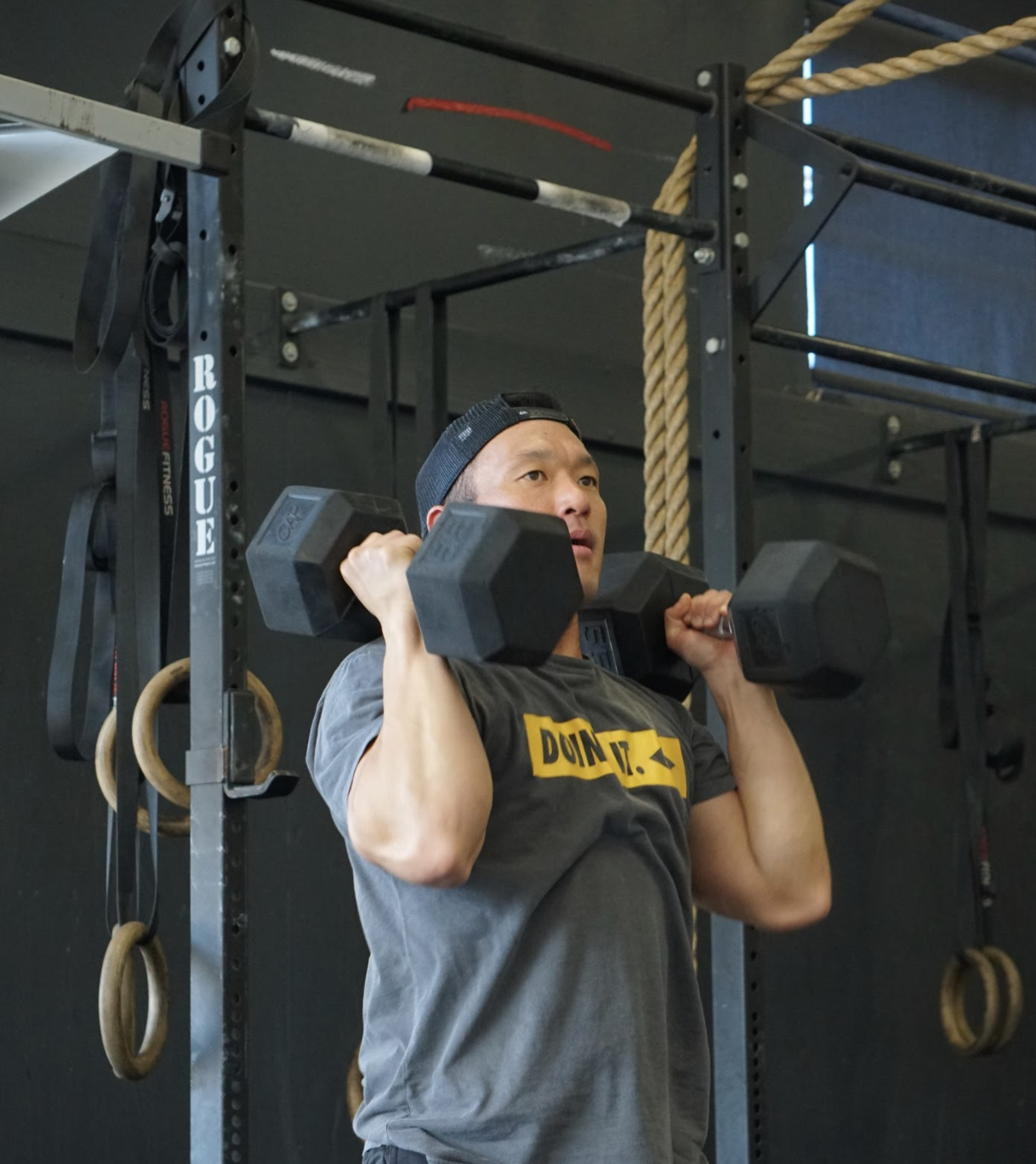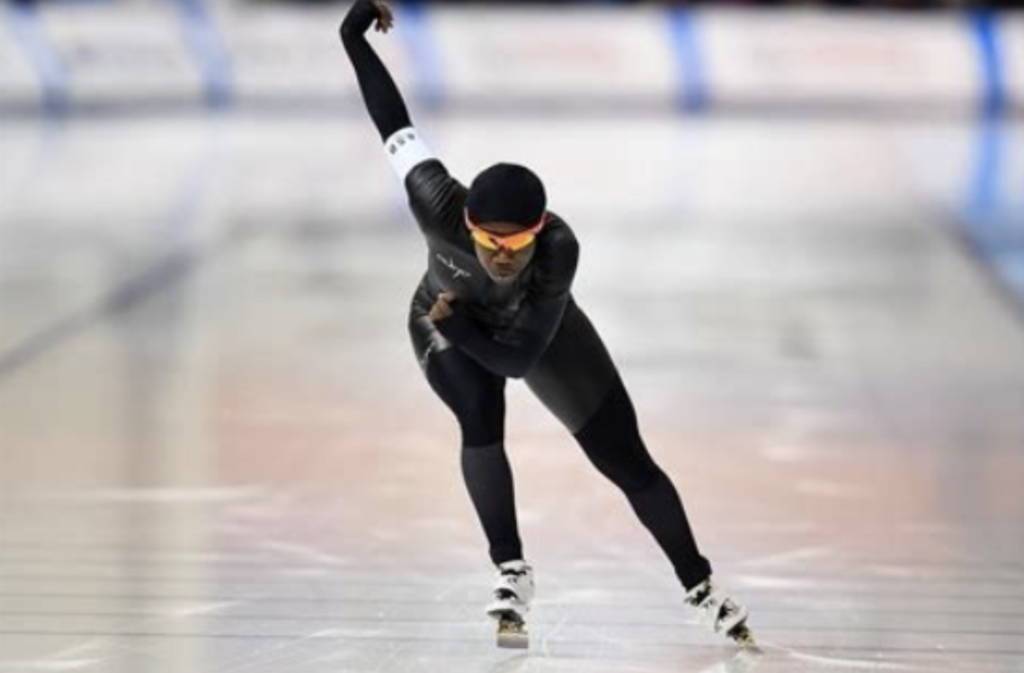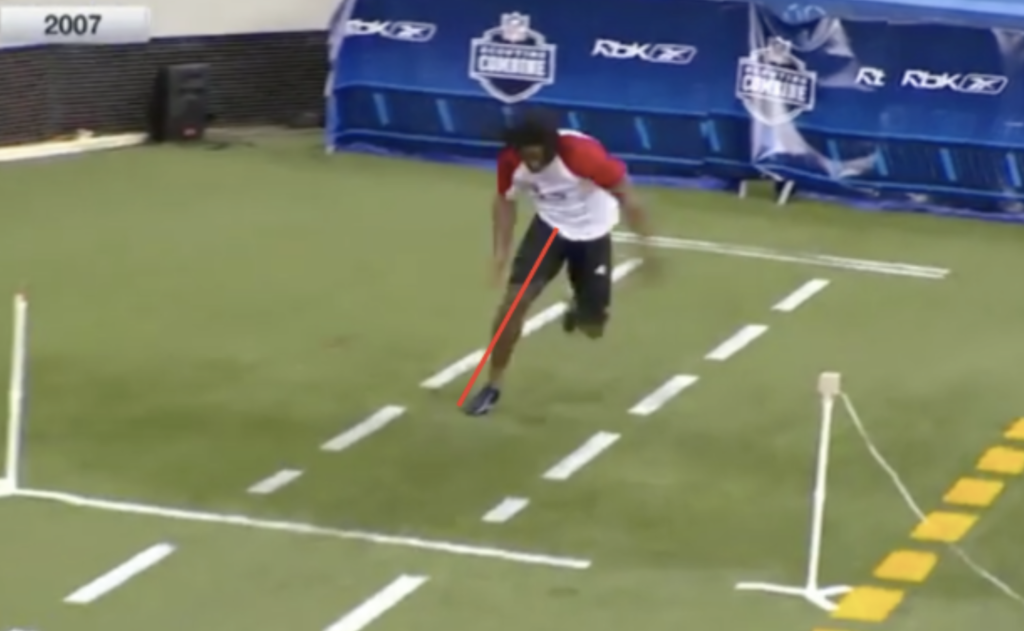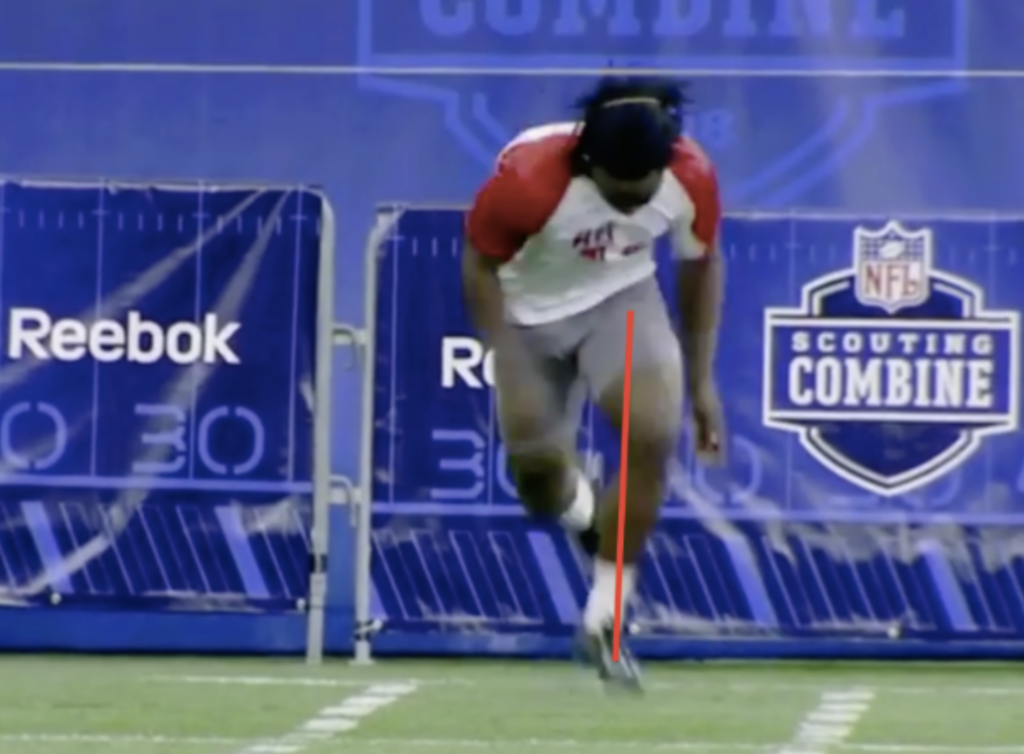
When we think about speed training, we are very interested in kinematics (joint angles) just like we all care about knee and hip action during the descent and subsequent ascent of a barbell back squat, for example.
When we consider some of the most common faults in sprint mechanics, today we are going to focus on the acceleration phase.
The acceleration phase, and adherence to the proper and desired positions, is critically important to athletes of just about every field and court sport. It has been argued, successfully in my opinion, that the acceleration phase, and its training, is more important than any other phase in speed training. Consider that most field and court athletes will find themselves accelerating during the course of play more often than actually reaching top end speed. Sprint bursts on the soccer field, a baseball player stealing a base, a basketball player getting back on defense, are all examples that are prevalent in sport that would benefit from sound acceleration mechanics. If we agree that most athletes will be executing acceleration mechanics more often than top end speed in play, then why do we spend a disproportionate amount of time focusing on top end speed mechanics?
There is a lot to discuss here that is commonly overlooked when coaching sprint mechanics but today I want to focus on a common fault seen in sport athletes as they train acceleration: skating.

Due to the unique demands on this particular sport, laterally repositioning of the lower limbs, makes sense.
Skating (or laterally stepping out during the acceleration phase) is a mistake that is very common and mostly performed by uninformed sport athletes. When we consider the desired outcome of the acceleration phase, we all can understand the value of a ‘lean’ or a global body posture that promotes a forward projection of our center of mass.
What often happens is that athletes fabricate a lean during their starts that, based on their understanding of what it ‘looks’ like to run fast, helps them accelerate. They usually lean, stay low, for much longer than necessary. Here is where we see skating. While standing at the finish line with a head-on perspective, you can better observe this fault. You will see an athlete laterally stepping out as they continue to fold and bend over in hopes of staying in their ‘lean’ and ‘accelerating’. This false lean limits the stance phase and cuts short the time and space for the swing leg to reposition. Essentially, skating occurs because of the lack of time present to reposition the swing leg.

Lateral movement is undesirable and inefficient during acceleration for field and court athletes.
One particular fix that I have found useful when training athletes is changing the athlete’s understanding of the ‘lean’. The ‘lean’ is not something we do, it is a result of proper force application. Instead of artificially staying low, we need to emphasize driving down and back and positioning ourselves to take advantage of that propulsion.

Proper repositioning is a result of correct understanding of acceleration mechanics.
As we continue to retrain our athletes’ understanding of this concept, you might find your athletes improving this common fault. There is a margin in which this lateral stepping can be considered negligible but I would only reserve this for world class sprint athletes.
For more, follow us on @_projectspeed to stay up to date on all things speed and agility. Also, check our newest course for coaches called Standards of Sprint and Agility.
7/23/20 WOD
DEUCE ATHLETICS GPP
[Meet at Anderson Park]
DEUCE BACKLOT GPP
[Meet at Pan Pacific Park]
DEUCE GARAGE GPP
2-2-2-2-2
Weighted Chin Up
Then, complete 2 rounds for reps of:
In 12 minutes..
800m Run
—
AMRAP
3 Strict Pull Ups
6 Neutral Grip Push Ups
9 DB Deadlifts (50/30)
-Rest 4 Min-

